Travel tips for opera lovers – Paris and Offenbach
Offenbach in Paris
The series about historical places of opera art & culture. Get to know exciting excursion and travel ideas for opera lovers. This time: Offenbach in Paris.
All Destinations on google maps with links to detailed Blogposts:
Jacques Offenbach:
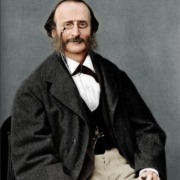
Jacques Offenbach kam 14-jährig von Köln nach Paris, sein Vater wollte, dass der begabte Cellist eine Ausbildung am Konservatorium bekam.
Paris blieb sein Lebensmittelpunkt bis zu seinem Tod mit 61 Jahren. Er blieb ein Jahr am Konservatorium und verbrachte die nächsten 20 Jahren als Orchester- und Salon Musiker, wo er sich ein reiches Beziehungsnetz aufbaute und erste kleine Musikkomödien schrieb.
Anlässlich der Weltausstellung 1855 sah er seine Chance und machte sich mit der Unterstützung von 15 Geldgebern selbstständig. Es folgten 15 Jahre als Unternehmer und Komponist mit Höhen (die Triumphe mit «Orpheus in der Unterwelt», «Grand Duchesse de Géroldstein», «La belle Hélène» etc.) und Tiefen (die ständigen finanziellen Probleme), bis der Französisch-Deutsche Krieg den Deutschen kurzzeitig aus Paris vertrieb.
Im letzten Jahrzehnt ging er auf Tourneen, u.a. in die USA, um Schulden abzuarbeiten. Sein künstlerischer Hauptfokus war die Arbeit an «Les Contes d’Hoffmann» mit dem er versuchte ein Werk für die Ewigkeit zu gestalten. Er konnte dessen Uraufführung in der Opera-comique nicht mehr erleben und starb 1880 in seiner Wohnung in Paris.
TO THE OVERVIEW OF ALL DESTINATIONS “OPERA & CLASSIC OF PARIS“.
Destination 23, Rue des RUE DES MARTYRS
Jacques came to Paris alone and found a garret in an artists’ street and connections with German emigrants. He lived there from 1833 until his marriage in 1845. Heinrich Heine, also a Rhinelander, lived at number 23 for 18 months in 1838. Whether the two ran into each other is not known. The house still stands, a plaque commemorates the famous resident.
Rue des Martyrs, 23 :
Destination Théâtre Marigny
Offenbach’s first theater stood on the site of today’s Théâtre Marigny. Offenbach saw an opportunity to succeed during the World’s Fair with the small 300-seat theater near the Champs-Elysées. Within a very short time, he hastily assembled musicians, orchestra, equipment and financing and led his “Théâtre bouffes-parisiens” to success.
The theater was later demolished, replaced by a panorama and was rebuilt into a theater again in 1890. Today it is a spoken theater.
Salle Lacaze (before 1881):
Destination Salle Choisieul / Théâtre bouffes-parisiens:
Because the Salle Lacaze became too small and had the license only for smaller productions, Offenbach started to play a new theater, the Salle Choisieul, still under the brand “bouffe-parisiens”. There he achieved the fabulous success with “Orphée aux enfers”. The first work he had performed there was “Ba-ta-clan”, which with its orientalizing theme gave its name to the later Bataclan theater, but which is located elsewhere.
The theater has been changed, but it is still beautiful.
Théâtre bouffes-parisiens:
https://www.bouffesparisiens.com/fr_FR/
Destination Théâtre des Varietés
Offenbach later left the direction of the Salle Choisieul and brought his great successes with “La Belle Hélène”, “Grande-Duchesse de Géroldstein” and “La Périchole” (all written by Meilhac and Halévy) to the Théâtre des Varietés. The great star of these productions was “the Snèder”, Hortense Schneider, whose role as the erotic Helena in “La belle Hélène” was immortalized in Emile Zola’s novel “Nana”, which was a portrait of the mores of Paris in the 60s. The “Théâtre des Varietés” served as the stage for the novel. This theater is still standing, nowadays the program includes lighter fare such as musicals.
Théâtre des Varietés:
https://www.theatre-des-varietes.fr/
Destination «Poire belle Hélène»
The famous ice cream specialty “Poire belle Hélène” was invented by the equally famous chef Auguste Escoffier in his youth (at least that’s what he claimed). Escoffier was an opera fan (he later created pêche melba for Nelle Melba) and was working in Montmartre at the time and was inspired by Hortense Schneider to create this dish, which then found its way into his renowned guide culinaire. Look for a restaurant that offers this delicious dessert.
Poire belle Hélène:
Hortense Schneider (Painting):
Destination Montmartre cemetery, Offenbach’s tomb
In 1880 Offenbach was buried here, among others Hortense Schneider was present at the funeral.
Offenbach’s grave site:


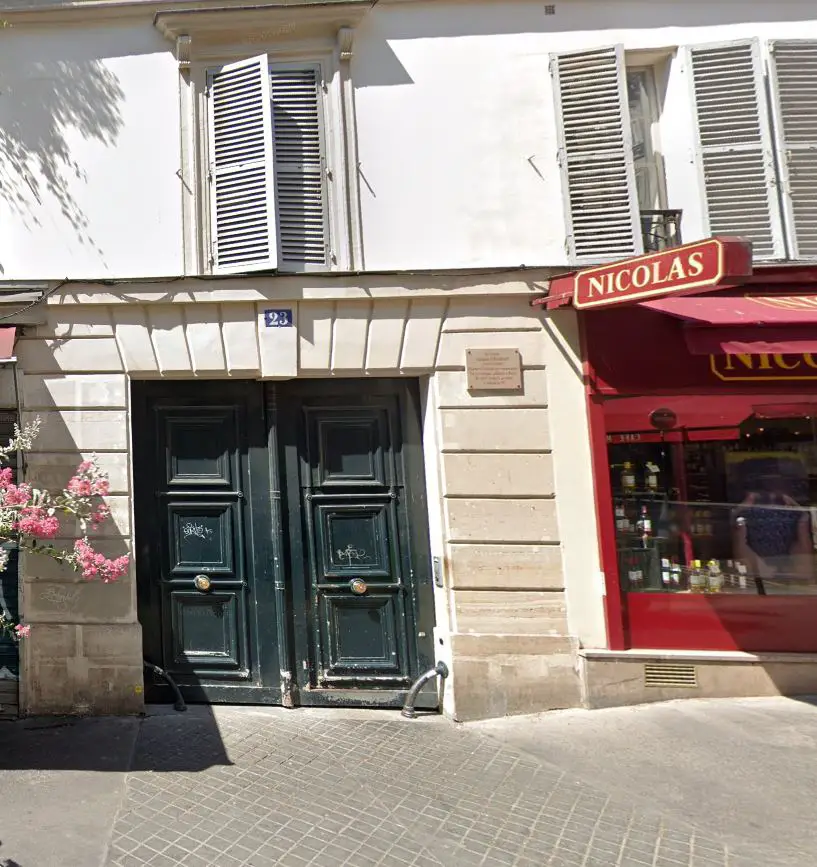
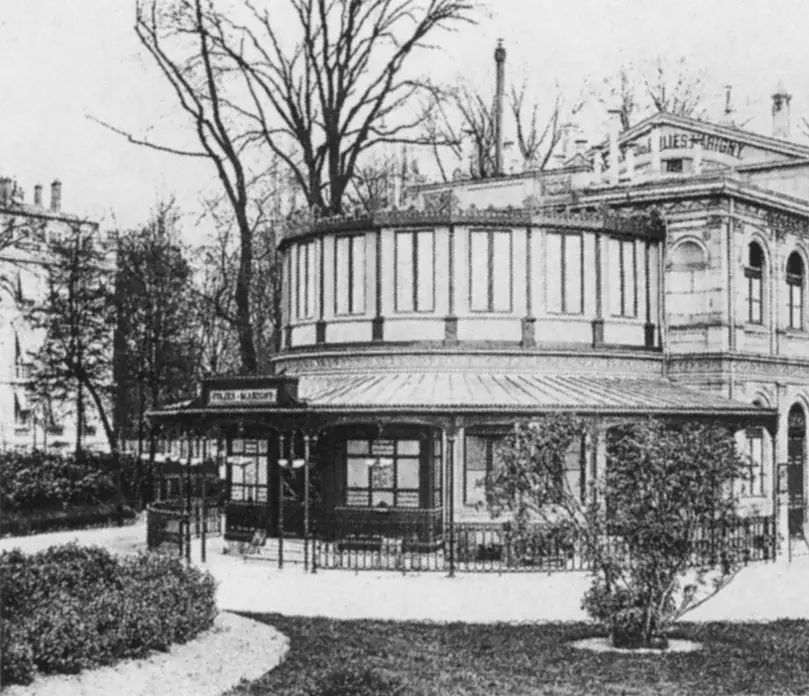
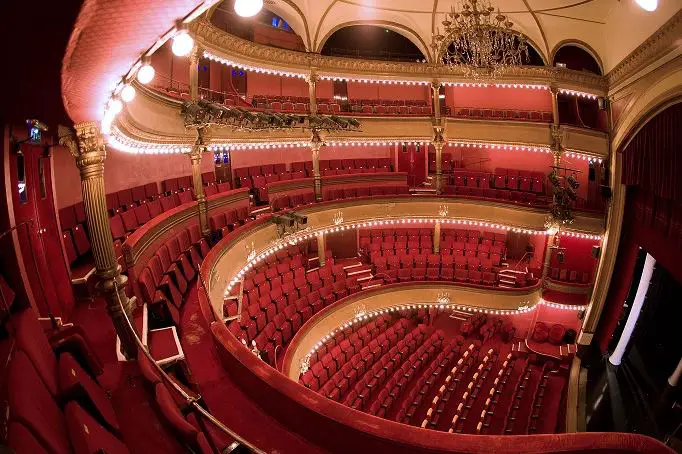
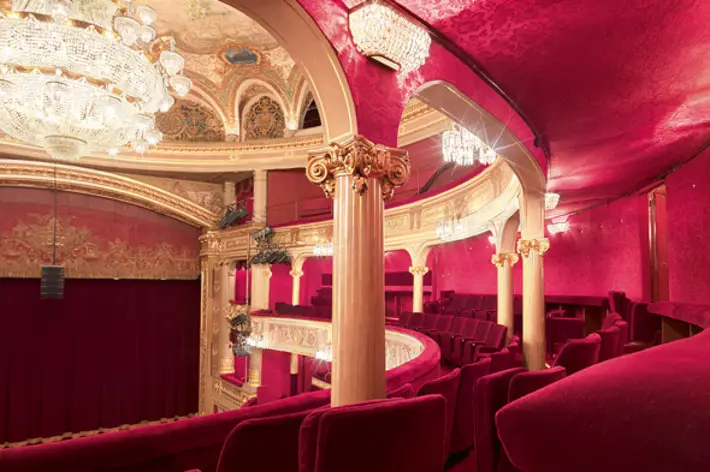
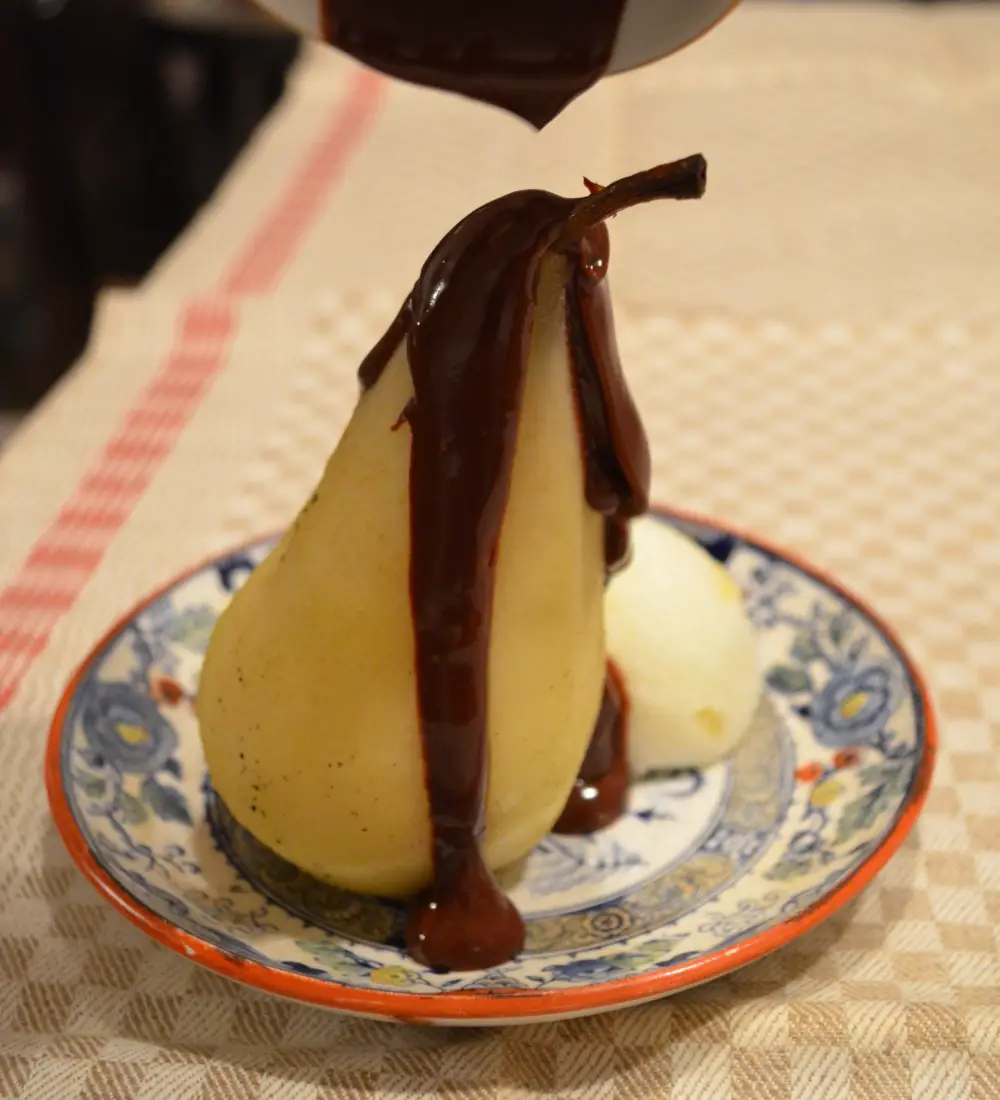
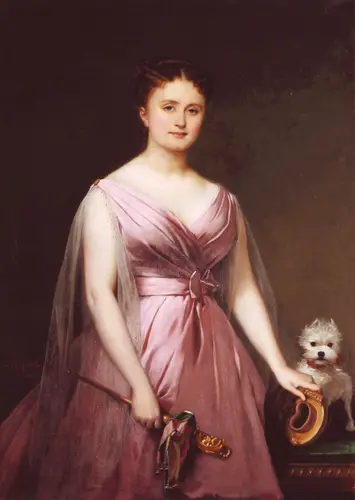
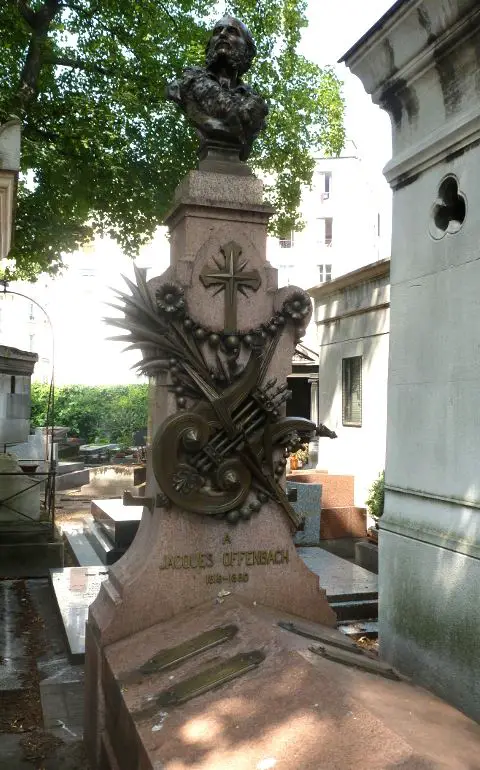


Leave a Reply
Want to join the discussion?Feel free to contribute!